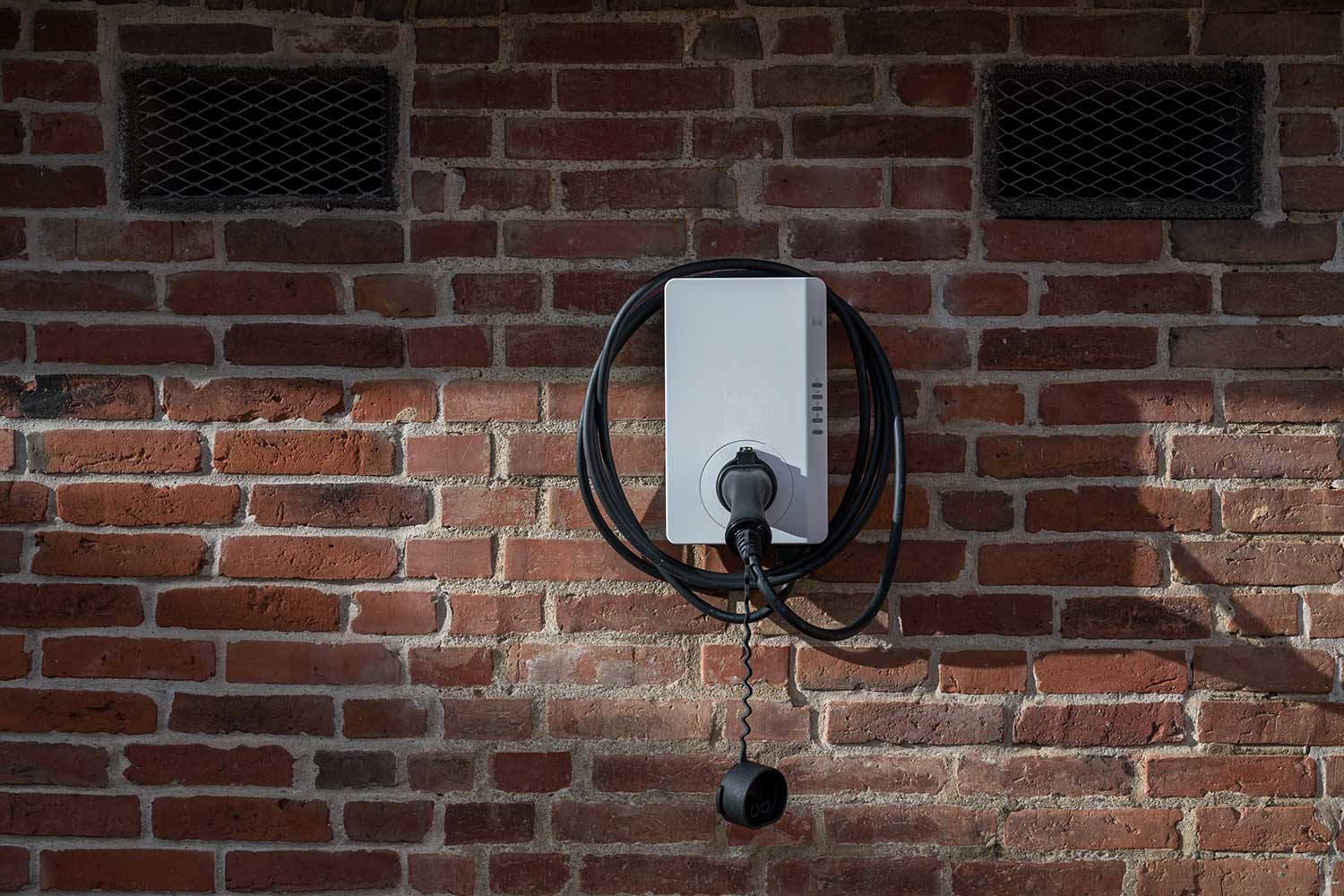Hey team, and welcome back to one5c. Y’all are here because, like us, you believe that every little change we make counts when it comes to unforking the climate crisis. It’s not that things like evicting tape from your gift-wrapping routine carry the same weight as swapping turkey for Tofurky. It’s that those little things matter because they’re part of a larger whole. Sustainability isn’t something you buy; it’s something you do. It’s a routine—and an ever evolving one, at that. So, yes, every bit of change, every new piece of knowledge, moves you forward along that journey.
Here’s what we got to help y’all along this week. Please share it with someone who’s always out of tape. —Corinne
WHAT WE’RE INTO THIS WEEK
By Corinne Iozzio & Sara Kiley Watson
Newspaper packages tied up with no-things. Jamie Leventhal
Retail therapy
You don’t need tape
Some of us derive genuine glee from a perfect envelope corner. For others, gift wrap is the absolute pits. Those folks have a point, environmentally speaking. Thankfully, jettisoning purpose-made wrap from your routine is simple enough. We’re willing to bet you’ve got some newspaper, brown packing paper, or magazines piled up somewhere. But tape? Tape can be a…sticking point. We go through hundreds of thousands of miles of the thin plastic stuff every holiday season (we did the math), but it’s actually rather easy to wrap gifts with either zero tape or just one li’l piece. We made a video to show you how.
Good read
What’s the holdup with lab-grown chicken
Between 2018 and 2022, the number of companies trying to cultivate meat in labs jumped from 27 to 156. But the agriculture- and slaughter-less offerings haven’t quite made it to shelves. Perhaps the most glaring case is that of Upside Food. The company currently sells about a pound of its cultivated chicken every month, despite eight years of research, $600 million raised, and signoffs from the FDA and USDA. It’s more than a chicken-and-egg problem: Even in a completely renewable-energy-powered world, some analyses put the carbon footprint of the faux fowl at about the same as a living chicken. With this in mind, some argue if it’s worth keeping it in the sustainable eating pecking order at all. Bloomberg has the dish on what the cluck is going on at Upside and labs around the globe.
Pet smart
Keep your cats inside
There are truly excellent reasons to keep your kitties inside. Indoor cats live longer than both indoor/outdoor ones and those that freely roam all the time. Outdoor cats are more likely to contract diseases or sustain deadly injuries. Plus, outdoor domestic felines aren’t only a danger to themselves, and new data in the journal Nature Communications show just how much. The researchers documented domestic cats eating 2,084 species, 347 of which are on the International Union for Conservation of Nature’s Red List. The diet is varied, but the kitties’ meal of choice was (not shockingly) birds. The authors say this proves cats are “generalist” predators. So, yeah, maybe keep that little lion in your living room.
Accountability check
COP28 moves to nurture nature
COP28’s meh results did come with an upside for the world’s oldest trees: Governments are “obliged to consider the natural world and carbon stores such as forests” when coming up with their next round of Paris Agreement commitments. The goal lines up with the U.N.’s targets to reverse and repair deforestation by 2030. While COP agreements are nonbinding, remember that the stuff our leaders signed are still a guidebook for what, exactly, we need to hold those bigwigs accountable for at home. So, here it comes: The U.S. lost some 15% of tree cover and over 100 million acres of forests between 2001 and 2020. Biden signed an executive order last Earth Day focusing on fighting global deforestation and strengthening the U.S. from wildfires, so hopefully the latest COP statements push those proclamations toward real change.
Mic-drop climate stat

The number of microplastic particles released when microwaving a plastic baby food container per square centimeter of the vessel, according to a July 2023 study. Explore our best tips for avoiding microplastic exposure.
Who’s going to save the world
The state rep banning bans of EV chargers
By Glorie Martinez

Not everyone can install EV power on their wall. Kenneth Bagge Jorgensen/Shutterstock
The Problem
Nine states have emissions-reduction plans on the books that include banning sales of gas-powered cars. But residents often lack ready access to electric vehicle chargers, specifically at home. While private homeowners can install places to power up, renters and those living in homeowner associations don’t have the same guarantee. HOAs can block EV charger installations that deviate from neighborhood guidelines, and apartment building owners may deny renters the ability to install chargers in their designated parking spaces.
The Fixer
Steve Owens is a Massachusetts state House representative, serving the 29th District, which covers parts of Cambridge and Watertown outside Boston. He sponsored several bills to support the state’s transition to EVs, including an act banning landlords and HOAs from banning the necessary infrastructure upgrades.
His proposal would add the Bay State to a growing number implementing right-to-charge policies. Currently, 10 states (Hawaii, Washington, Oregon, California, Colorado, Florida, Virginia, New Jersey, New York, and Connecticut) have such laws. However, only four of them (California, Colorado, Virginia, and Connecticut) extend these protections to both homeowners and renters.
👉 See who else is saving the world 👈
The Fix
Massachusetts passed a climate bill last year outlining measures to achieve net-zero carbon emissions by 2050, including outlawing the sale of new gas-powered vehicles after 2035. In order to hit its target, the state aims to get 300,000 EVs on its roads by 2025. However, only around 70,000 electric vehicles were registered in the state as of this year.
In support of the EV initiative, Owens has introduced bills promoting purchases through rebates and advocating for electrification of public transportation, but charging has remained a sticking point. Massachusetts’ Electric Vehicle Infrastructure Coordinating Council (EVICC) projects a need for more than 700,000 residential and workplace stations to support the EV transition and hit emissions targets. The state has approximately 7,000.
Cities including Cambridge and Boston have adopted right-to-charge laws, but a statewide policy is still absent. With more than 600,000 condo and apartment units in Massachusetts, the EVICC recommends adopting a right-to-charge law, which is what Owens put forth in February.
If the act passes, residents will also gain access to installation incentives. The federal Inflation Reduction Act offers a one-time credit of up to $1,000, and Massachusetts offers state and private incentives for EV charger installation, including grants of up to $50,000 for charging stations installed at multiunit dwellings with five units or more.

